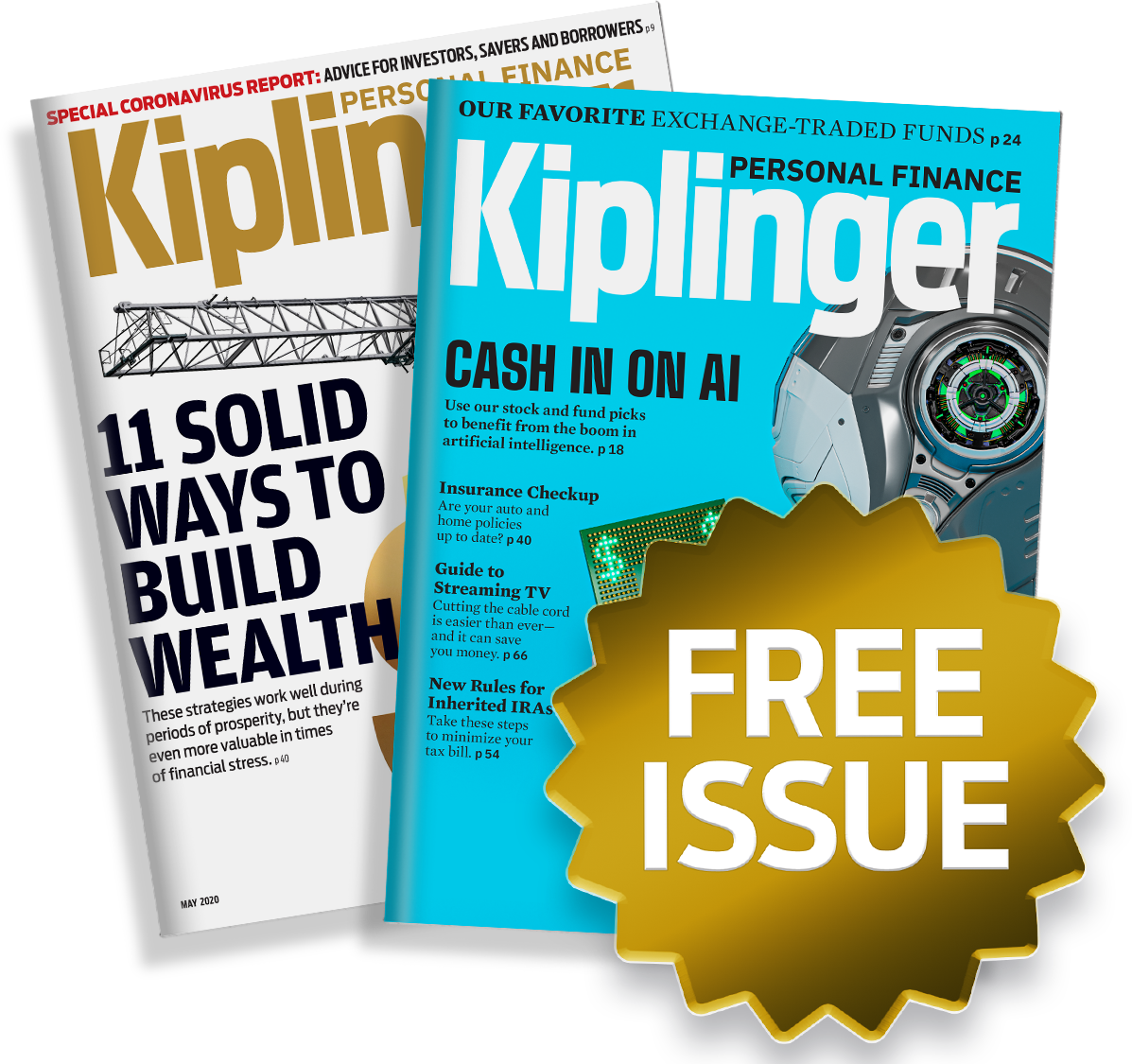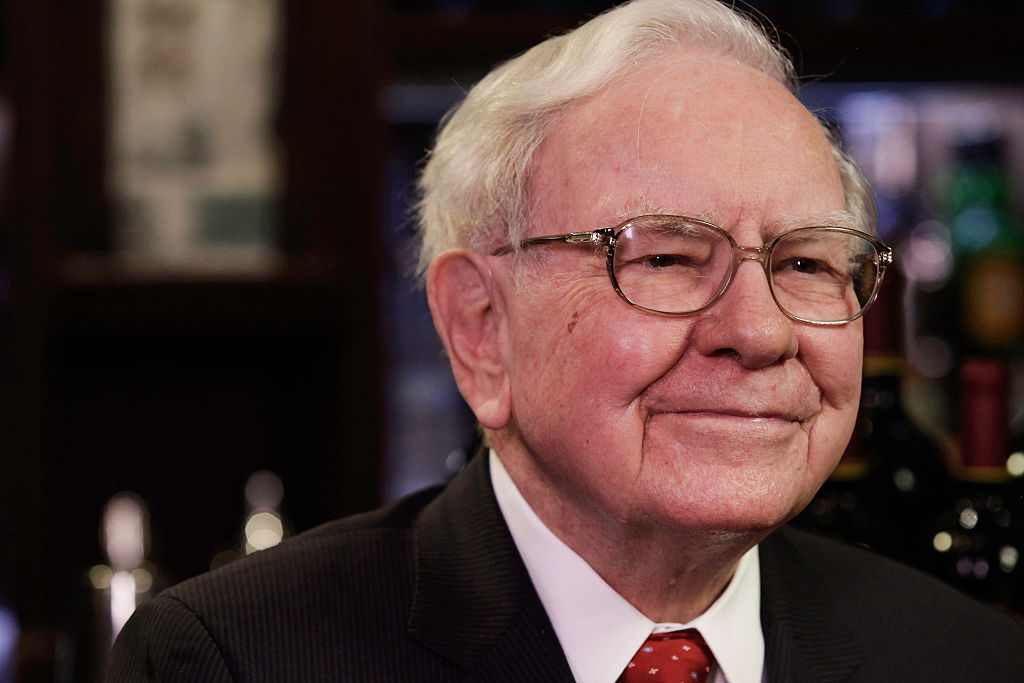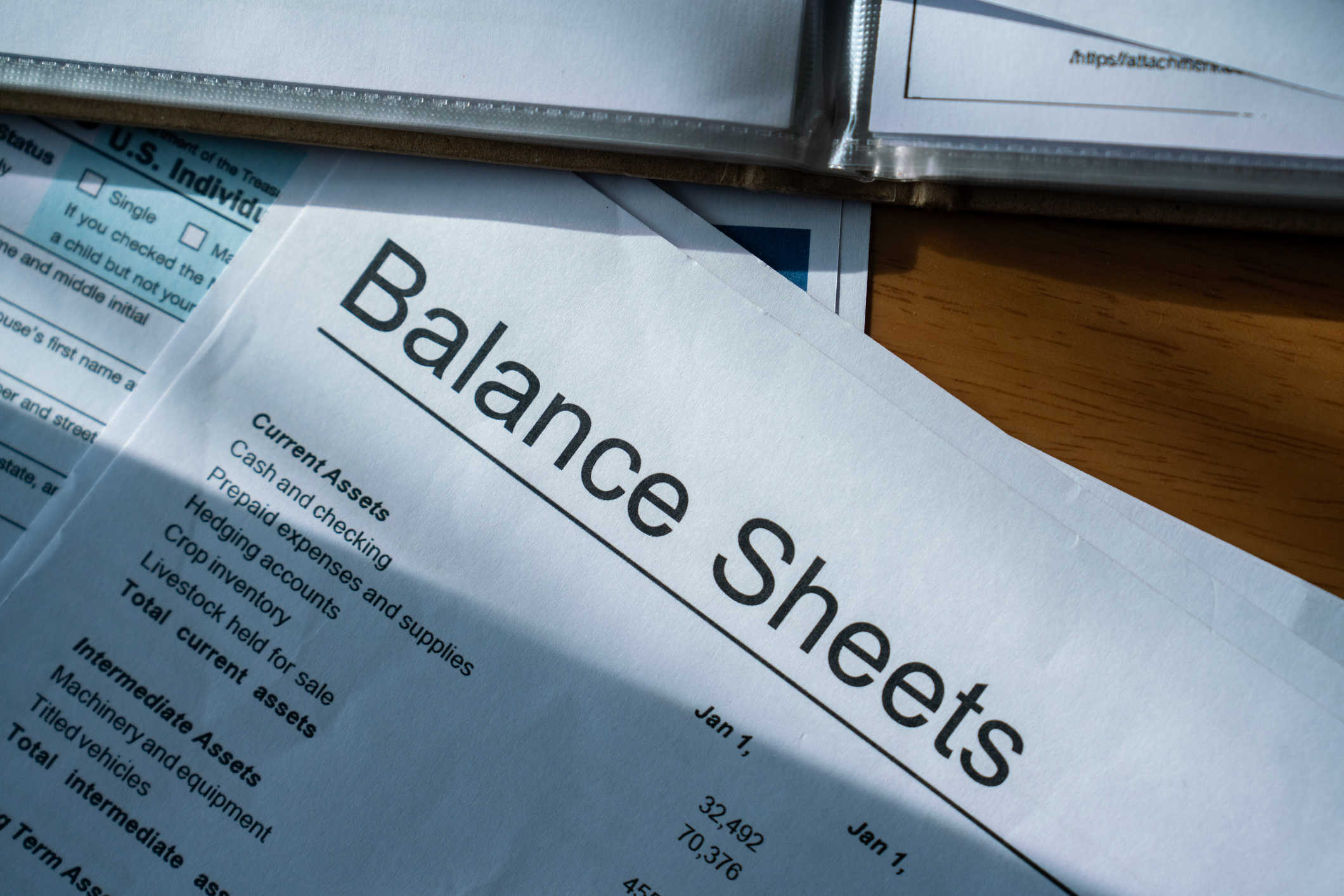The Economy on a Knife's Edge
GDP is growing, but employers have all but stopped hiring as they watch how the trade war plays out.

To help you understand what is going on in new technologies and the economy, our highly experienced Kiplinger Letter team will keep you abreast of the latest developments and forecasts (Get a free issue of The Kiplinger Letter or subscribe). You'll get all the latest news first by subscribing, but we publish many (but not all) of our forecasts a few days afterward online. Here’s the latest...
Economic growth seems to be holding up OK. But the labor market is another story. You could even say that we’re in a jobs recession, with hiring down sharply and nearing the point of net job losses. What’s behind the slowdown, and does it portend an outright recession later?
Consider how much hiring has dropped this year. The rate of monthly job creation in the summer of 2024 averaged 89,000. Fast-forward to the summer of 2025 and it fell to just 29,000. More than half of all sectors and industries in the U.S. are seeing employment decline right now. The bulk of job gains now are in healthcare and hospitality. The hiring rate, meaning the number of new jobs as a percentage of total employment, is the lowest it has been since 2010, after the Great Recession.
Some of this decline was to be expected. The furious pace of hiring after the pandemic drop could never last. Tech companies, in particular, have shifted from hiring like mad to focusing efforts on developing artificial intelligence and using AI to automate work that used to require programmers.
But this is more than merely the cooling of a formerly hot jobs market. Businesses are largely avoiding hiring as they await clarity on trade policy. The federal government, a huge employer, has been shedding jobs this year as the White House has trimmed headcount. State governments are cutting back, too. Also, the labor force is shrinking amid the crackdown on illegal immigration.
From just $107.88 $24.99 for Kiplinger Personal Finance
Be a smarter, better informed investor.

Sign up for Kiplinger’s Free Newsletters
Profit and prosper with the best of expert advice on investing, taxes, retirement, personal finance and more - straight to your e-mail.
Profit and prosper with the best of expert advice - straight to your e-mail.
And yet, there are positives propelling the economy, too. Although companies aren’t hiring for the most part, they also aren’t firing — layoffs remain low. The wealthy continue to spend freely, thanks in part to lofty asset values. Worker productivity, which had shown sluggish growth for years, has picked up recently, which suggests that companies can boost output, even without hiring much. The pro-growth features of the new tax law will start kicking in. It also headed off a scheduled rise in tax rates.
Add it up, and you get a picture of an economy balanced on a knife’s edge. It’s growing decently, but the factors underpinning that growth look fragile. A downturn in the stock market, for instance, could make affluent folks feel differently about spending so much. The massive capital investments being made in AI currently could end up being wasted if the tech doesn’t live up to its hype. A few large layoffs could tip slow job gains into outright losses, and spook consumers into spending less. (Watch the weekly initial unemployment claims for any signs of layoffs gaining steam.)
It wouldn’t take much going wrong to raise the specter of an actual recession, though it would likely be a mild one. Recessions aren’t inevitable, but they tend to hit when the economy is vulnerable to some new shock. Extra alertness is called for now.
This forecast first appeared in The Kiplinger Letter, which has been running since 1923 and is a collection of concise weekly forecasts on business and economic trends, as well as what to expect from Washington, to help you understand what’s coming up to make the most of your investments and your money. Subscribe to The Kiplinger Letter.
Related content
Profit and prosper with the best of Kiplinger's advice on investing, taxes, retirement, personal finance and much more. Delivered daily. Enter your email in the box and click Sign Me Up.

David is both staff economist and reporter for The Kiplinger Letter, overseeing Kiplinger forecasts for the U.S. and world economies. Previously, he was senior principal economist in the Center for Forecasting and Modeling at IHS/GlobalInsight, and an economist in the Chief Economist's Office of the U.S. Department of Commerce. David has co-written weekly reports on economic conditions since 1992, and has forecasted GDP and its components since 1995, beating the Blue Chip Indicators forecasts two-thirds of the time. David is a Certified Business Economist as recognized by the National Association for Business Economics. He has two master's degrees and is ABD in economics from the University of North Carolina at Chapel Hill.
-
 Don't Waste Your Money on Bad Gifts. Try This Instead.
Don't Waste Your Money on Bad Gifts. Try This Instead.Holiday Happiness These strategies, backed by behavioral finance, can help you find presents that your loved ones will truly enjoy.
-
 5 Unique Book-Inspired Trips Across America
5 Unique Book-Inspired Trips Across AmericaThere are five great trips to take across America that can immerse you in the culture of your favourite books.
-
 What Made Warren Buffett's Career So Remarkable
What Made Warren Buffett's Career So RemarkableWhat made the ‘Oracle of Omaha’ great, and who could be next as king or queen of investing?
-
 Shoppers Hit the Brakes on EV Purchases After Tax Credits Expire
Shoppers Hit the Brakes on EV Purchases After Tax Credits ExpireThe Letter Electric cars are here to stay, but they'll have to compete harder to get shoppers interested without the federal tax credit.
-
 Amid Mounting Uncertainty: Five Forecasts About AI
Amid Mounting Uncertainty: Five Forecasts About AIThe Kiplinger Letter With the risk of overspending on AI data centers hotly debated, here are some forecasts about AI that we can make with some confidence.
-
 Worried About an AI Bubble? Here’s What You Need to Know
Worried About an AI Bubble? Here’s What You Need to KnowThe Kiplinger Letter Though AI is a transformative technology, it’s worth paying attention to the rising economic and financial risks. Here’s some guidance to navigate AI’s future.
-
 Use This Stock Market Recipe for a Well-Diversified Portfolio
Use This Stock Market Recipe for a Well-Diversified PortfolioFor years, large U.S. stocks were all you needed for a diversified portfolio. A broader mix is better now.
-
 A Broad Approach to Innovative Trends Helps This SPDR ETF Outperform
A Broad Approach to Innovative Trends Helps This SPDR ETF OutperformThe SPDR S&P Kensho New Economies Composite's bets on transformational technologies have sparked volatility – and big gains – this year.
-
 How to Read a Company's Balance Sheet Like a Stock Pro
How to Read a Company's Balance Sheet Like a Stock ProKnowing how to read this financial statement can help you separate strong companies from struggling ones.
-
 How to Choose the Best Charities to Donate To
How to Choose the Best Charities to Donate ToWhile you set your giving strategy, think about your values, and select organizations that will put your contributions to good use.